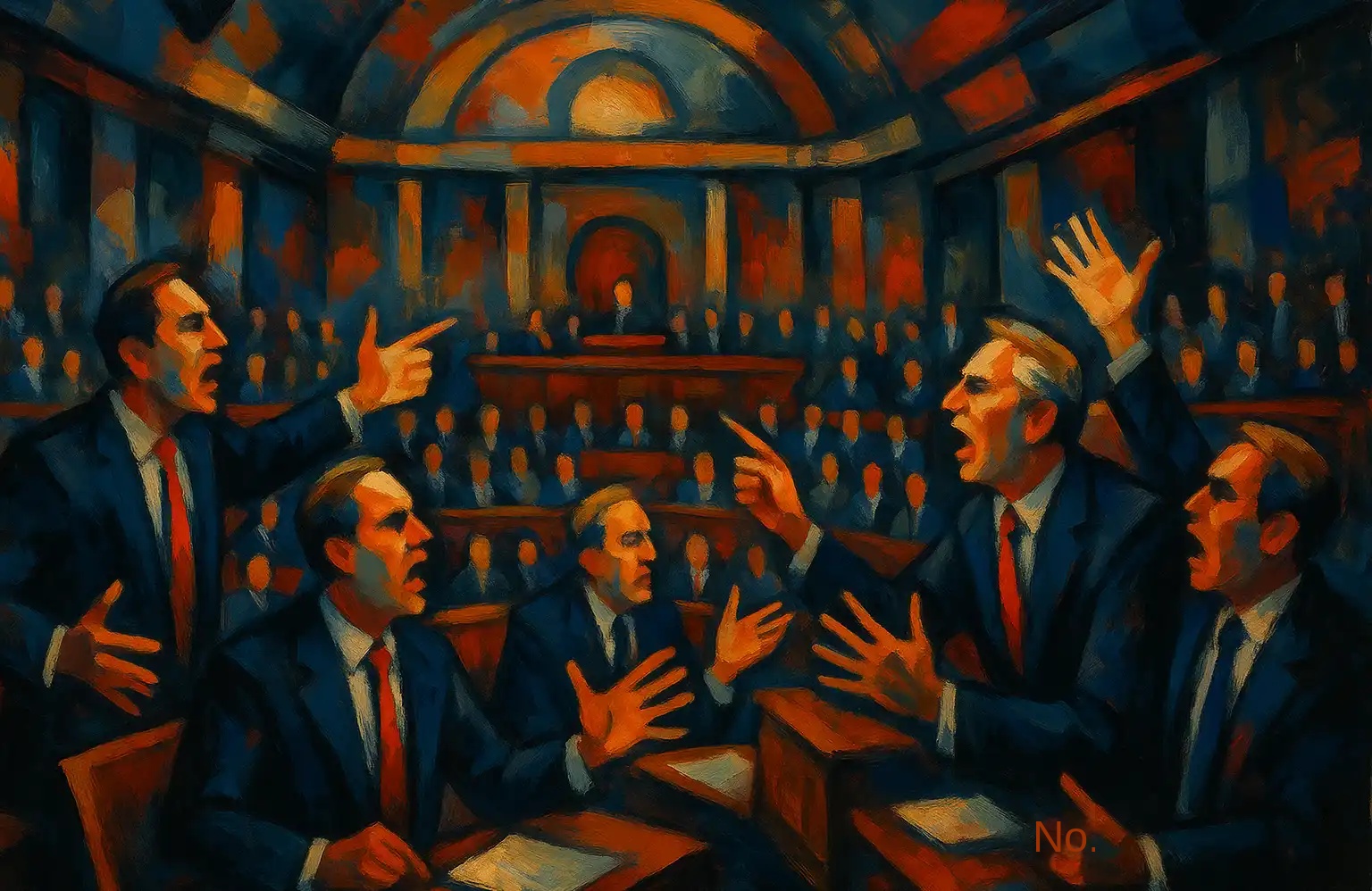Ecosystem "Flagship" Fantasy.top Leaves, What Happened to Blast?
Original Title: "Behind the Exodus of Fantasy.top: Is the Blast Ecosystem Fading Away?"
Original Author: KarenZ, Foresight News
On July 15th (UTC+8), in the early hours, the Blast ecosystem's decentralized card game Fantasy.top announced it would migrate to the Base ecosystem, enabling users to transfer their assets to the Base network.
Upon this news, the community's response was not sorrow but a sense of "finally"—as if the prewritten ending had been flipped to the last page.
Fantasy.top: The "Flagbearer" of the Blast Ecosystem
Fantasy.top is a decentralized social card game based on the Blast network. By transforming the crypto field's KOL social media performance into NFT cards and incorporating gamification mechanics, it has attracted a large number of users. Since its mainnet launch on May 1, 2024, Fantasy.top has rapidly become the star project of the Blast ecosystem.
According to DeFiLlama's statistics, in the past 24 hours, Fantasy.top has contributed 83% of the protocol revenue in the Blast ecosystem (approximately $10,566); over the past week, it accounted for 78%, and over the past month, 56%. Additionally, according to Nansen data, in the past 6 months, Fantasy.top has been the third-highest application in terms of user transaction volume on the Blast network.
Fantasy.top's presence is a crucial pillar in maintaining the "vitality" of the Blast ecosystem. However, its migration undoubtedly leaves the already desolate Blast ecosystem even colder.
More than Fantasy.top: The "Exodus Trend" in the Blast Ecosystem
In fact, Fantasy.top is not the first project to flee from Blast. Looking at the overall data and numerous departure cases, we can clearly see the loss of projects and users in the Blast ecosystem and the trend of Blast declining.
Regarding data, according to DeFiLlama, the total locked value of DeFi in the Blast ecosystem is currently only $87 million, a decrease of over 95% from the peak of $2.2 billion. Moreover, according to Nansen data, the Blast network's daily active addresses reached over 180,000 at the end of June 2024, but since then, it has plummeted straight down, maintaining only between 2,000 and 5,000 in recent months. Furthermore, daily contract deployments have dropped to double or triple digits, with token deployment numbers falling to single digits, indicating a waning developer enthusiasm.

Source: Nansen
Typical Project Migration Cases
· pump.fun: Launched on Solana in January 2024, briefly launched on Blast a month later with little attention, and stopped operating on Blast a few months later.
· Lottery app Megapot (a betting app, please do not use) also migrated from Blast to the Base Protocol ecosystem in March 2025.
· Ethos Network: Initially planned to launch on Blast, eventually chose to launch directly on Base Protocol. Ethos Network is now a popular reputation protocol in the Base Protocol ecosystem.
· Blast BIG BANG award-winning project Baseline: Later also migrated to the Base Protocol ecosystem.
These cases all point to one conclusion: Blast is currently facing significant challenges in attracting and retaining projects. Despite being touted as the "native revenue-bearing Ethereum Layer 2," its ecosystem development has clearly not lived up to its early promises.
Recent Turbulence in the Blast Ecosystem
Recently, negative signals or turbulence in the Blast ecosystem have further heightened the market's concerns:
In May 2025, Blast announced that it would no longer renew its service agreement with Safe, but would support access to the multisig wallet through BrahmaFi's front end or a self-hosted front end. Pacman explained that there were many reasons for this decision, one of which was that there were already many alternative solutions supporting Blast. However, this decision was interpreted by the community as a contraction of the ecosystem's infrastructure.
The following month, Blast ecosystem DEX Thruster announced its decision to gradually cease the operation of Thruster. Thruster's official statement explained that this was the result of a comprehensive assessment of Thruster's current state, expectations, the surrounding ecosystem, and future prospects. This also indirectly reflects developers' lack of confidence in the Blast ecosystem.
Impacted by the above events, Blast ecosystem SocialFi project EarlyFans previously stated, "Given Blast's decision not to renew its service agreement with Safe and Thruster's cessation of operations, the risk of retaining assets on the Blast network has become increasingly significant, and withdrew EARLY token LP (worth $70,000) from Thruster." Ultimately, EarlyFans transitioned to "maintenance mode," shifting focus to developing a fully native mobile app, 8020.
A series of chain reactions indicates that the trust foundation of the Blast ecosystem is crumbling. When infrastructure partnerships break down and core applications go offline, developers and users naturally opt for a more stable network.
Why is Blast Fading from the Spotlight?
Behind Blast's fall from grace are several overlapping factors:
1. NFT Market Cooling Off: With Blast closely tied to Blur, the cooling of the NFT market has had a significant impact on Blast.
2. Tokenomics Misalignment with Real Demand: Through features like "deposit to farm" and "token swap airdrop," Blast quickly boosted its TVL. However, many addresses only came for token rewards, with the protocol lacking reasons to retain users.
3. Token Price: BLAST and BLUR prices have dropped over 90% from their all-time highs, severely shaking investor and developer confidence. In the crypto market, token price often forms a positive feedback loop with ecosystem activity, and the prolonged price slump has further diminished Blast's appeal.
4. Lack of Ecosystem Diversity: Blast's DApp ecosystem lags far behind competitors like Base in diversity. Most users only cross-chain for airdrop rewards, showing little willingness to actively engage with applications, leading to a continuous decline in network activity.
5. Narrative Over-extension and Competition: "Native yield" was once Blast's core selling point. However, when the market lost interest in this narrative and the ecosystem failed to deliver groundbreaking applications, being surpassed by competitors became inevitable.
Conclusion
The departure of Fantasy.top undoubtedly serves as a footnote to the waning attractiveness of the Blast ecosystem. When token incentives are no longer universal, and the narrative loses its freshness, developers naturally gravitate towards a more stable, liquid, and authentic user network.
Reflecting on Blast's rise and fall, while its founder initially attracted a group of excellent developers through early marketing, the ecosystem failed to establish the infrastructure and user stickiness needed for sustained development. This once again confirms the brutal rule of the crypto world: Relying on short-term speculation and traffic gimmicks may earn temporary attention, but only by truly addressing user needs and building a healthy ecosystem can one stand firm in fierce competition.
The migration tide from Blast to Base is not just the choice of individual projects but also the inevitable "de-bubbling" of the Layer 2 track.
Welcome to join the official BlockBeats community:
Telegram Subscription Group: https://t.me/theblockbeats
Telegram Discussion Group: https://t.me/BlockBeats_App
Official Twitter Account: https://twitter.com/BlockBeatsAsia
 Forum
Forum OPRR
OPRR Finance
Finance
 Specials
Specials
 On-chain Eco
On-chain Eco
 Entry
Entry
 Podcasts
Podcasts
 Activities
Activities









